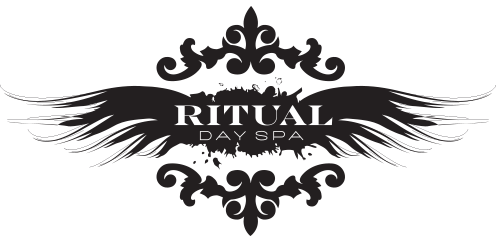PART I: WHAT IS A FACIAL, ANYWAY?
People often ask me, “why should I get facials?” And every single, this question takes me by surprise. To me, it’s like asking, “why should I brush my teeth?” or “take a shower?” or “pay my taxes?” or “watch Game of Thrones?” It’s obvious, isn’t it? But if you’re not an esthetician, maybe it isn’t. I realized that, to a lot of people, facials are a luxury. An expense. A special occasion. So I decided to write this two-part blog to explain how facials are not an indulgence, but a necessity.
What is a facial? When questioned by her 5-year old daughter, one of my clients replied, “mommy is going to get her face washed.” This made me chuckle, and also admit that if you’ve never had a facial, you may not really know what they entail. All facials are unique, but there are some fundamental steps:
Cleansing. Yes, we wash your face. But usually with more excitement than you do. Especially after a long day of work, kids, and stress. This stimulating cleanse removes make up, pollution, and daily build-up while increasing blood flow to feed the skin.
Exfoliation. Next we apply either a scrub or an enzyme to help loosen dead skin cells and stimulate new cell production. Producing new cells helps heal almost any skin imperfection from acne to wrinkles to sun damage. Sometimes we use steam. Sometimes we don’t.
Extractions. To pick or not to pick, that is the question. Dermatologists everywhere have put the fear of God in us by preaching that picking leads to scarring. Well this is not entirely true. If you leave the pores clogged, then they can become distended and enlarged. Additionally, if a pimple lingers too long it’s going to pigment anyway since the body produces melanin as a response to inflammation. But there is a right way and a wrong way to pick, and estheticians know the right way. We also have a wonderful tool called High Frequency that helps sanitize the skin and reduce redness.
Masking. Applying a mask at this stage of the facial can really help address skin health. Your skin’s needs change all the time. Sometimes you’re broken out. Sometimes you’re dehydrated. Sometimes you’ve had too much sun. We pick just the right mask for your needs, and apply it when your skin is prepped for maximum absorption.
Massage. All facials address skin health, obviously. But to us, mental health is also a very important part of the facial experience. It’s your time to relax and recharge. So we incorporate a scalp, shoulder, and hand massage into every treatment. This also helps you forgive us for all of those extractions.
Infusion & Hydration. The skin is the body’s largest organ. And it needs nourishment. Facials incorporate vitamin-rich serums, ampoules, and moisturizers that feed the cells so that they can fight free radicals, combat the signs of aging, and repair environmental damage.
Education. Probably the most important part of every facial is ensuring that your home care matches your skin’s needs. Estheticians can only affect so much in the treatment room. What you do at home extends the facial service and continues to improve your skin’s health. Maybe your products are working fabulously, but maybe they’re not. Maybe your skin’s needs have changed. Facials give you a chance to ask questions and get advice.Watch for Part II (coming soon) when I explain why you should get facials, when you need them, and how they help at every age.
